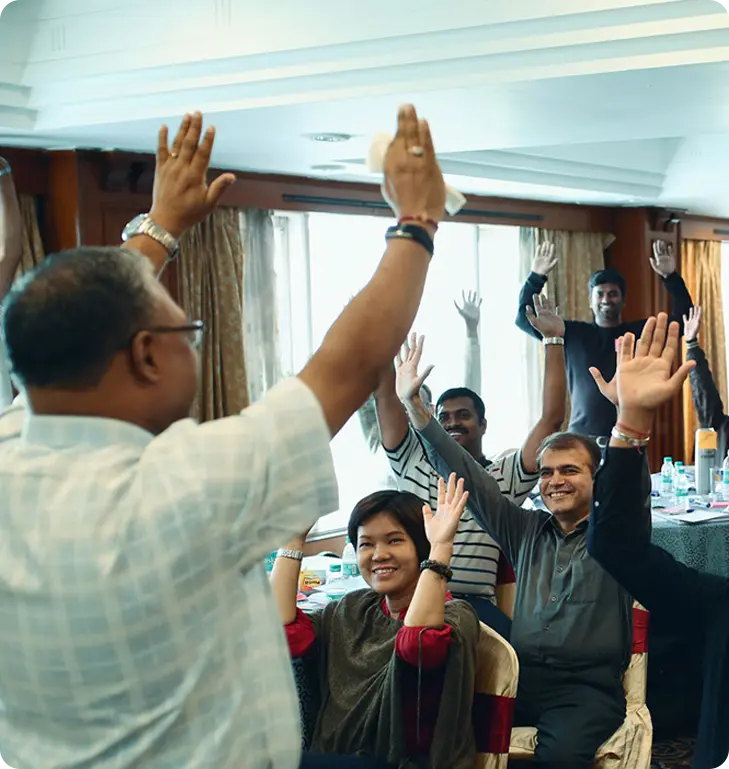October 09, 2025
Thought Leadership
Insights & Ideas for the Digital Age tet
Navigating the digital age demands a strategic mindset shift. We provide deep dives into Enterprise Agility and Lean-Agile leadership to help you anticipate market changes and respond with confidence. testing my supreetha
Move from theory to practice with our expert analysis. Whether scaling Agile or optimizing teams, our insights provide the practical frameworks needed to drive sustainable growth and innovation.
 Tech
Tech
 Trending
Trending
Explore by:
No interviews available at the moment.
Take the next step in your career journey
Unlock your full potential with Gladwell's expert career Coaches.
Connect with us today and discover how we can help you grow.





















